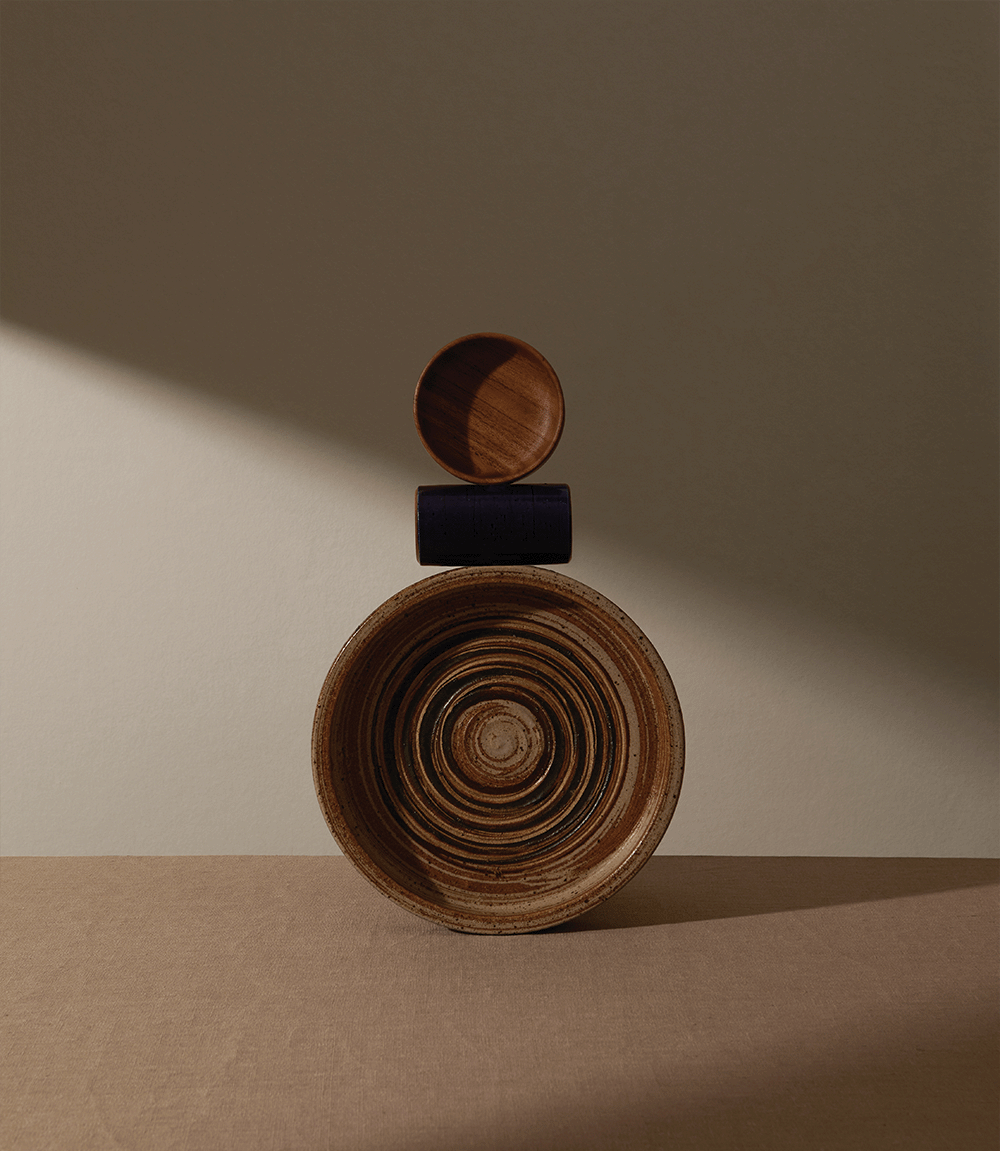Dönüşmek Üzerine
İlginçtir ki, Yunan mitolojisinde şifanın tanrısı Asclepius, Apollo ile ölümlü bir kadın olan Coronis’in oğludur. Coronis’in sadakatsizliği sebebiyle ateşe atılmasından sonra Apollo, anne karnındaki oğlunun ölümüne göz yumamaz; Coronis’in rahminden çekip alır onu ve ölümlülerin dertlerine deva olması için yetiştirilmesini sağlar. Daha da önemlisi, Asclepius’un ölümlülere olan düşkünlüğünün ve onları iyileştirme gücünün annesiyle olan bağından geldiğine inanılır ancak Asclepius’un sonu, annesi gibi yaşamayı hak etmediği düşünülen ölümlüleri de iyileştirmeye başlamasıyla tanrıların tanrısı Zeus’un elinden olur. Zeus, heykellerinde elinde gördüğümüz yıldırımıyla öldürür şifa tanrısını.


Bu hikâye şifa verilen ölümlülerden ve onların iyileşme süreçlerinden daha önemli bir mesaj verir bize; yaralarımızın iyileştirici gücü. Etkileyici olan Asclepius’un tüm hastalıklara şifa olabilmesi değildir aslında. Etkileyici olan, bu güçlü Yunan tanrısının ölümlü annesini daha doğmadan kaybetmiş olmasının yarattığı acıyı alıp asıl onunla şifa bulması ve şifa dağıtmasıdır. Bununla güçlenmesi, yola devam etmesi ve aslında hiçbir zaman kendi kalmaması...
İyileşmenin ya da şifa bulmanın varılması gereken bir son nokta olduğuna dair yaygın bir inanış, iyileşmeyi eski haline dönmekle eş tutan bir bakış açısı var günümüzde. O güvenli sulara dönebilmenin, güvenli olmasa bile tanıdık anları tekrar hissedebilmenin özlemini duyuyoruz. Bedenimize bakarken, ruhumuzu iyileştirmeye çalışırken hep tek bir amaç var, eski halimize dönebilmek. Oysa önemli bir detayı sıklıkla gözden kaçırıyoruz. İyileşmek, eskisi gibi olmak değildir hiçbir zaman; iyileşmek dönüşmektir. “Kimse çıktığı yolda kendisi kalmaz, yol insanı başkalaştırır” der Murathan Mungan. Eski halimize dönmeyiz şifa bularak; yeni bir ben yaratırız, daha iyi bir ben.
Kökü Antik Mısır’a dayanan mistik bir yılan sembolü vardır; Ouroboros. Bu simgesel yılan kendi kuyruğunu yerken resmedilmiştir ve acı verse dahi kendini sürekli yeniden yaratmayı tanımlar. Lineer ilerleyişi reddeder; sürekli olarak evrilmeyi, değişmeyi, kendini yeniden yaratmayı anlatır. İyileşmenin acı verici olması, Ouroboros’un hikâyesindeki gibi eski halini -eski inançlarını, varsayımlarını, benliğini- bırakmaktan kaynaklanır.
Benzer bir yaklaşıma psikolojide de rastlarız. Burada da travma sonrası büyüme dediğimiz (post-traumatic growth), yaşanan yoğun ve acı verici bir deneyim sonrasında kişinin ruhsal, psikolojik ve sosyal alanlarda geçirdiği dönüşümü tanımlayan bir kavramla karşılaşırız. Bu dönüşüm, kişinin yaşadığı acıda anlam bulma arayışıyla şekillenir. Zorluklarla başa çıkabilme gücünden ve eski haline dönebilme becerisinden (resilience) bambaşka bir şeyi tanımlar; yaranı sahiplenerek dönüşebilmeyi. Acının anlamını ararken yeni bir varoluşa gidebilmek cesaret gerektirir; insanın korkmadan kendi karşısına çıkabilme cesaretini.
Tüm bunların daha da özünde, iyileşmeyi ve şifa bulmayı nasıl tanımladığımız yatar aslında. Burada da iki temel soru çıkar karşımıza. İlki iyileşmenin unsurları, diğeri bu sürecin altta yatan asıl amacı. İyileşmenin tanımını yaparken kimileri için bu sadece bedensel bir iyileşme sürecini anlatırken, kimileri için sadece ruhsal bir süreci tanımlar. Hâlbuki bedenin ve ruhun (zihnin) iki ayrı varlık olması durumunu ele alan zihin-beden düalizmi, bu iki varlığı ayrı fakat birbirini karşılıklı olarak etkileyen oluşlar olarak ele alır. Düşüncelerimiz ve hislerimiz kimi zaman bedensel hareketlerimizden (ve durumumuzdan) etkilenirken bazen de bu ilişki tam tersi yönde ilerler ancak iyileşmedeki bu ayrımı, aradaki etkileşimsel süreci ele almadan değerlendirmek bizi bütünsel bir bakış açısı edinmekten alıkoyar. Zihnin ve bedenin dönüşme sürecinde birbirini beslediğini göz ardı etmemize sebep olur, kendimize yabancılaştırır. Oysaki bu dönüşüm tekrar eden bir ilişki içerisinde bedenimizle kurduğumuz bağı da şekillendirme potansiyeline sahiptir. Dönüştükçe bütünleşiriz, kendimizi bir bütün olarak gördükçe, bütün olarak dönüştükçe iyi-leşiriz.
Bir yandan ise iyileşme sürecini kendinden kaçmanın meşru bir yolu olarak görmeye meyilli bir taraf da var kimilerimizde; çünkü bu süreci varoluşumuzdan kaçıp bizi uyuşturacak bir yol olarak deneyimlemek daha konforludur. Bu, kendimize dönmenin ve kim olduğumuzu seçebilmemizin getireceği kaygıdan bizi uzaklaştırır. Tanıdıklığın şefkatli ellerine bırakır bizi… Zaten bildiğimiz bir bene ulaşmaya çalışıyoruzdur ancak bunu yaparken yine bizi kendimize yabancılaştırır.
O zaman belki de iyileşme yolculuğunda yeni bir gözlük takmak ve iyileşmekten ziyade dönüşümün içinde var olmak, kim olabileceğimize karar verme özgürlüğümüzün olduğunu hatırlamak faydalı bir pratik olabilir yolumuzu bulmaya çalışırken. Kendine bakmak, eskiye dönmektense yeni bir ben yaratmak endişe vericidir; çünkü sonsuz seçenekler arasından istediğimizi alabilme özgürlüğü kaygı getirir. İyileşirken neye dönüşebileceğimizi seçebilme özgürlüğümüz kaygıyla birlikte var olabilme becerilerimizi de yüceltir. Acıyı alıp onunla ne yapacağımızı seçebilmek, tıpkı Victor Frankl’in de dediği gibi “insanın elinden alınamayacak tek şeydir”. Kim olacağımıza, başımıza gelenlere nasıl yaklaşacağımıza ve bu elimizdekilerle ne yapacağımıza özgürce karar verebiliriz. Böylece kendimize yakınlaşırız, dünyayla daha derin bağlar kurarız.
Dünyayla derin bağlar kurabilmeniz dileğiyle...
from volume 17

